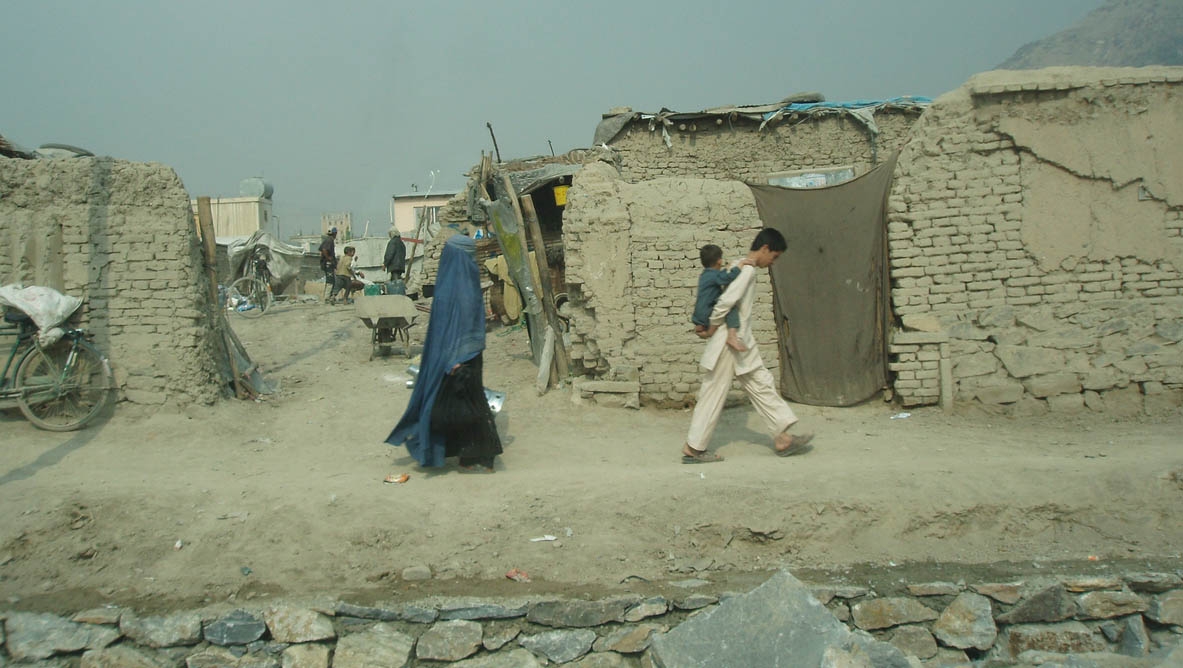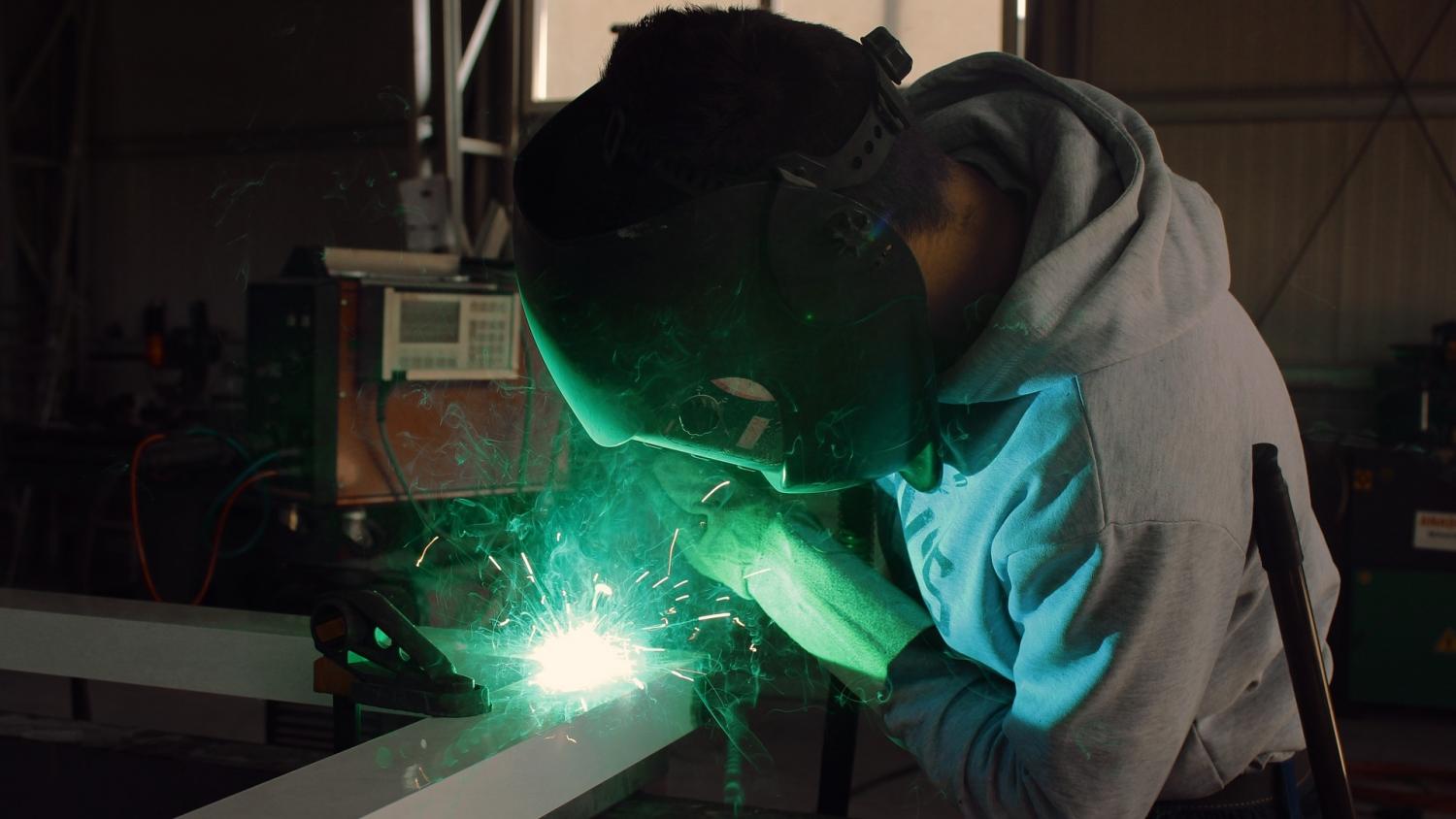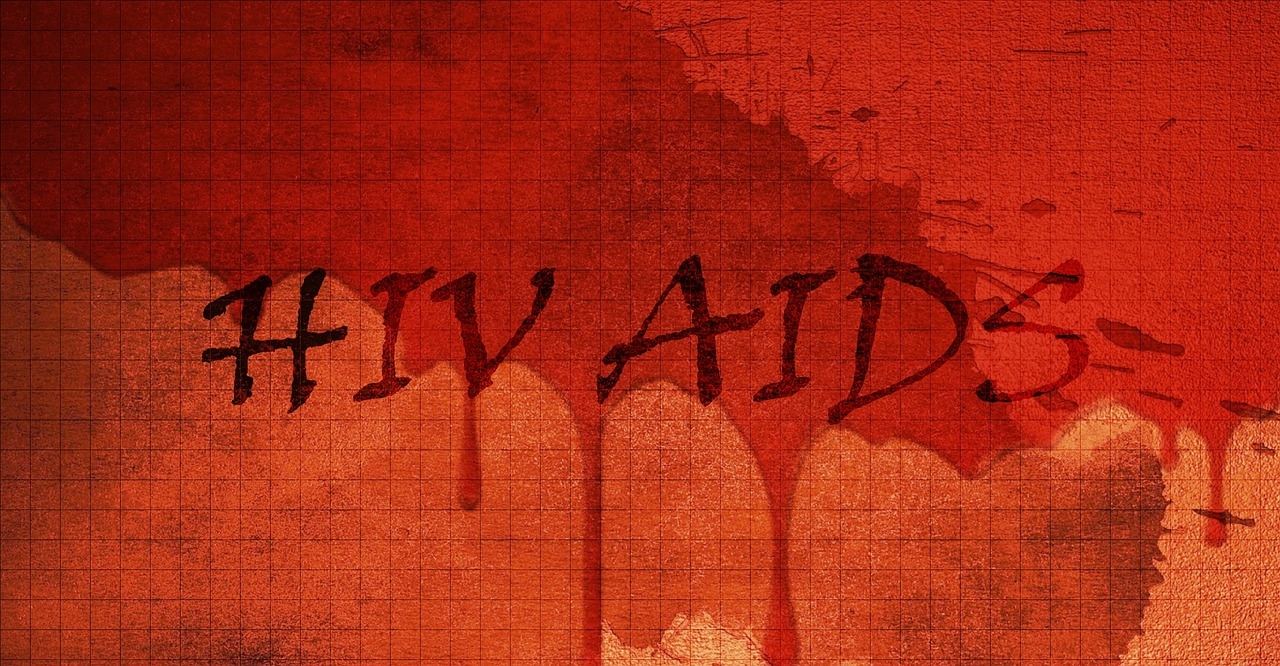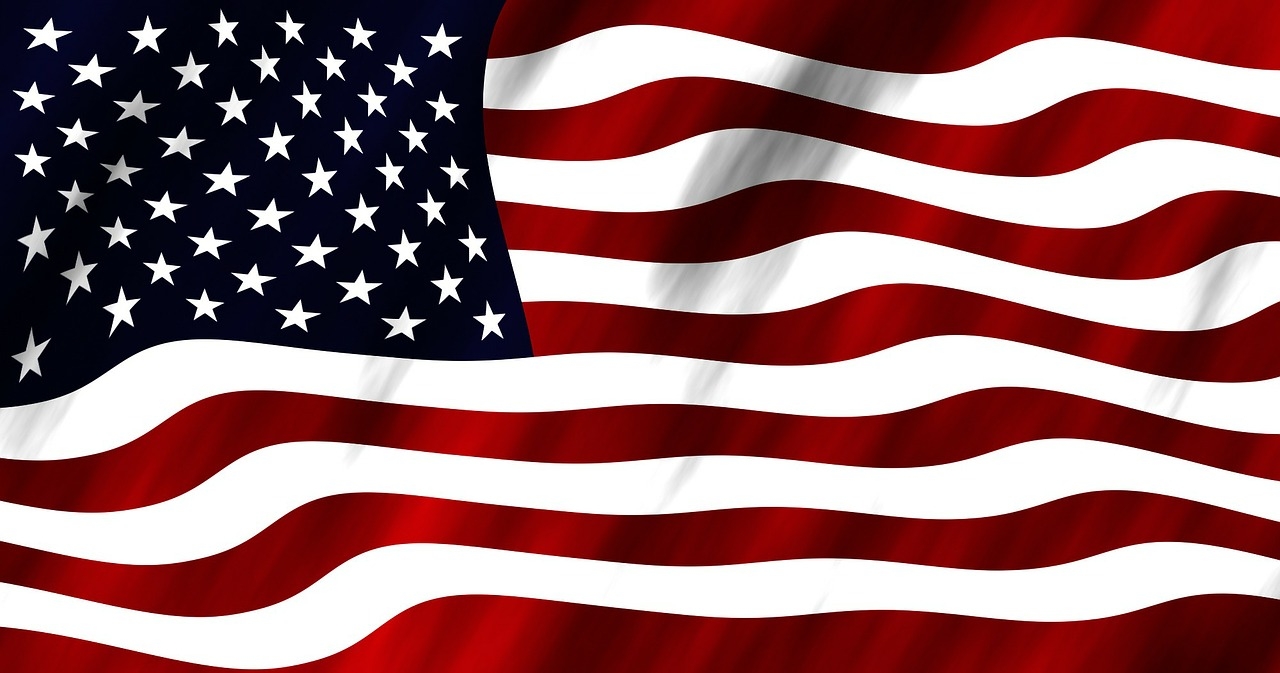
What is happening in Afghanistan
by Sean M. Maloney
The sudden Taliban offensive and the apparent collapse of the Afghan security forces has shocked those of us who have had extensive dealings with that country and its peoples. At this point we are inundated with a plethora of simplistic analogies: ‘Afghanistan is Vietnam’ predominates and constant memes, Gifs and pictures of helicopters in Saigon bombards us on social media.
That is not useful and it should not be a guide for Canada as we struggle to come to grips with the situation and its implications. And those implications are dire for the people we worked closely with, particularly for our interpreters and our locally employed people and their families. I am in contact with several of them. They tell me there were 300 executions in Spin Boldak alone this week. I was told 80 educated, young Afghans, male and female, were rounded up and murdered in the parts of Kandahar City the Taliban controls. I am told that surrendering Afghan security personel are told to go home…and then are dispatched later at night by men with small calibre pistols.
The Taliban employ biometric databases that use fingerprint scanners and laptops to identify and kill anybody who worked for the NATO forces and, significantly, the International Community: Red Cross, Red Crescent, deminers, aid workers and so on. There is essentially a network-enabled Nazi Einsatzgruppe. We are observing the blood chilling effects of 21st Century technology wedded to a medieval ideology.
The Canadian Armed Forces departed Kabul in 2014 after the decision was made by the Canadian government to end our training mission. I was on that last Chinook helicopter to Kabul International Airport. We are now seven years later, twenty years since Canadian troops first put their boots on the ground in that country. When we departed there was still an insurgency, but nothing on the level of activity and violence we experienced in 2006-2011. What happened in Afghanistan?
In February of this year I rewrote the epilogue to the to-be published three-volume history of Canada’s war in Afghanistan. I contacted people I knew there and got caught up with the events of 2014 to 2021. The insurgency, I was told, resembled what the insurgency looked like when I was there in 2005, or early 2006. It was troublesome in specific areas, but it was manageable.
Why was this so? From 2011 to 2021, the Taliban movement fragmented into at least three parts after the death of Mullah Omar in 2013 and remnants of Al Qaeda allied themselves with some of the groups. The ISIS affiliate, Islamic State in Khorasan Province (ISKP) fused deeply radicalized members of Al Qaeda, Pakistan TTP and others who wanted to emulate ISIS. This dangerous movement even beheaded Al Qaeda personnel for video distribution. Another group, the Islamic Emirate High Council of Afghanistan, emerged from a Taliban faction in western Afghanistan and fought the anti-government clans in Helmand province.
Major operations were undertaken against Al Qaeda in 2016 which destroyed their attempt at gaining a foothold in Kandahar Province. In 2019, the Afghan government focused their efforts on ISKP and dealt a fatal blow to that organization in 2019. Between the fall of 2020 and July 2021, however, some entity has welded together the disparate Taliban remnants, equipped them, organized them, enabled them, and provided them with a strategic design. Indeed, the recent assault on Kandahar City is the exact plan the Taliban used in 2006…the one we stopped cold as the combined effects of Task Force Orion’s operations in the summer and the Medusa battles in the fall of that year.
This situation would not exist without outside influences. Yet all I see are bitter recriminations about how the army we helped train is not fighting effectively or at all, about how Canada failed in Afghanistan, that it was all a waste.
In many ways, this is blaming the victim. I could easily point fingers at corruption, greed, tribal politics, the survivalist aspects of Afghan tribal culture. These are contributing factors. But indulging in that obscures the facts: there are outside entities that want to murder our project to help the people of Afghanistan and attack our values system. They want to convince us and others that our projects to help will inevitably fail and that we should stay contained on our North American island so they can do their dirty work.
We are not doing enough to identify, call out, and confront such entities and those who lead and fund them. Meanwhile, I am helping people that I know get out before it is too late. And you and I don’t like guilty parties getting away with mass murder, do we?
Sean M. Maloney is a Professor of History at Royal Military College and was the Canadian Army’s historian for the war in Afghanistan.
Photo: BetulOzenc, iStock













